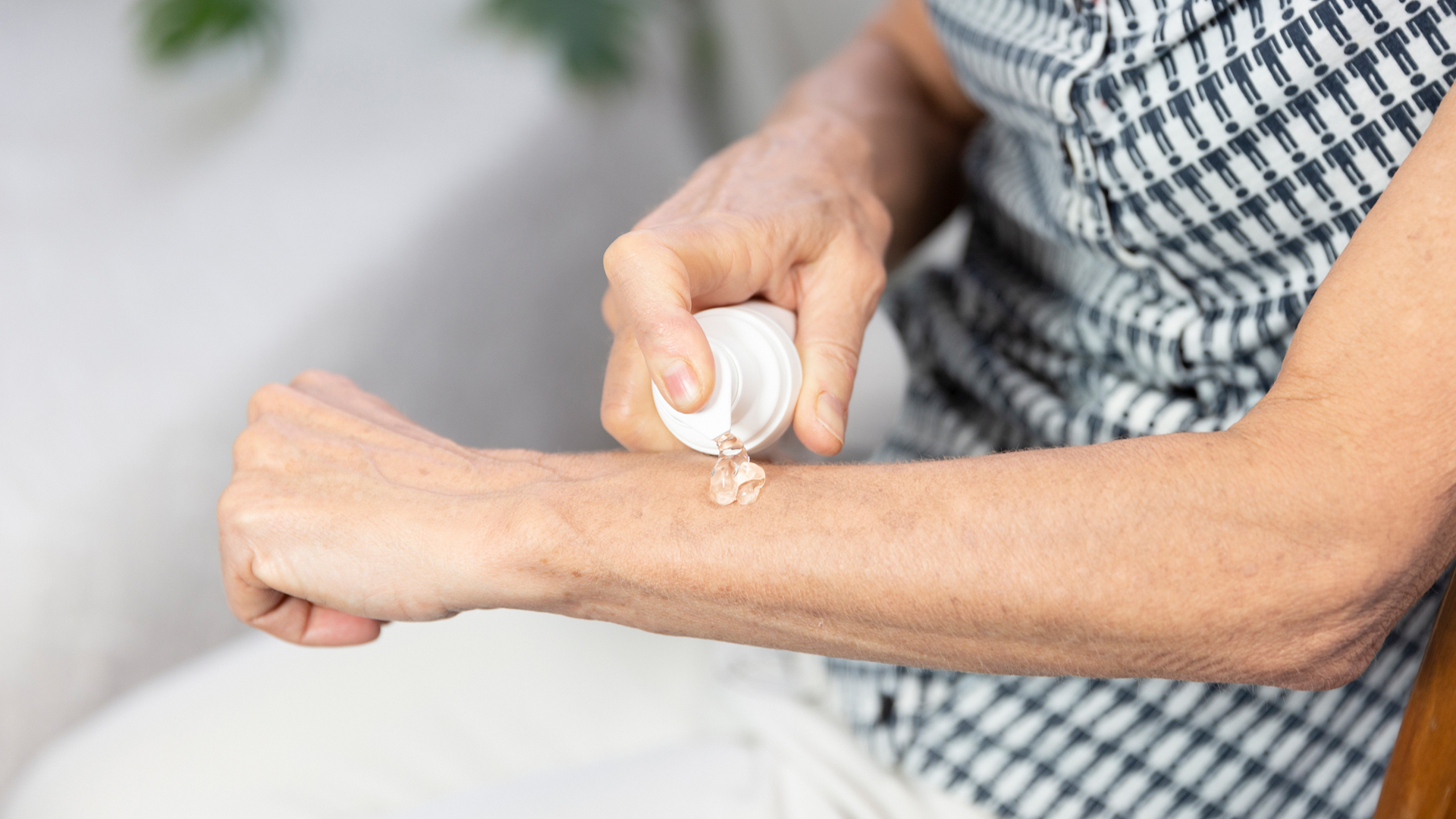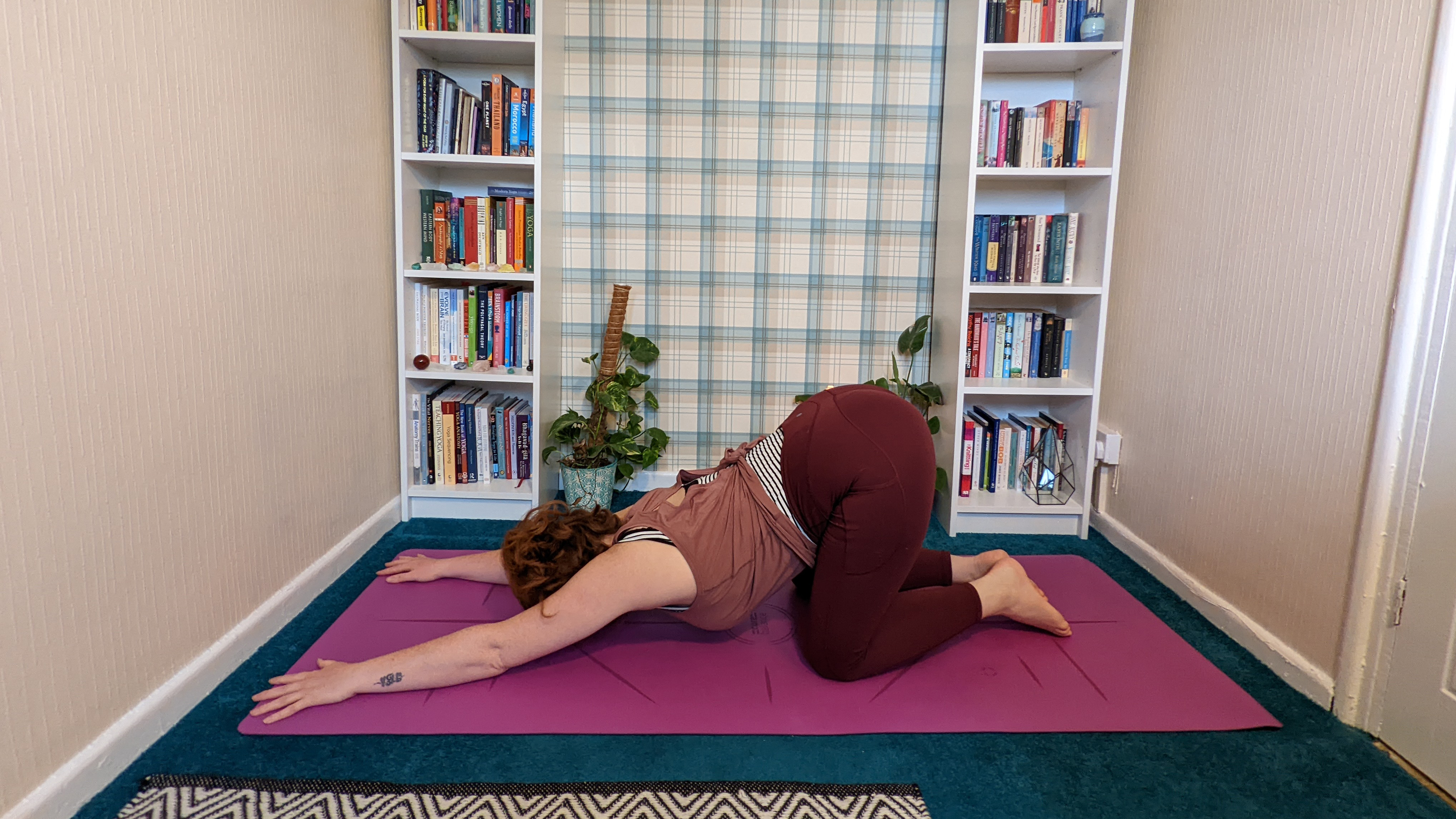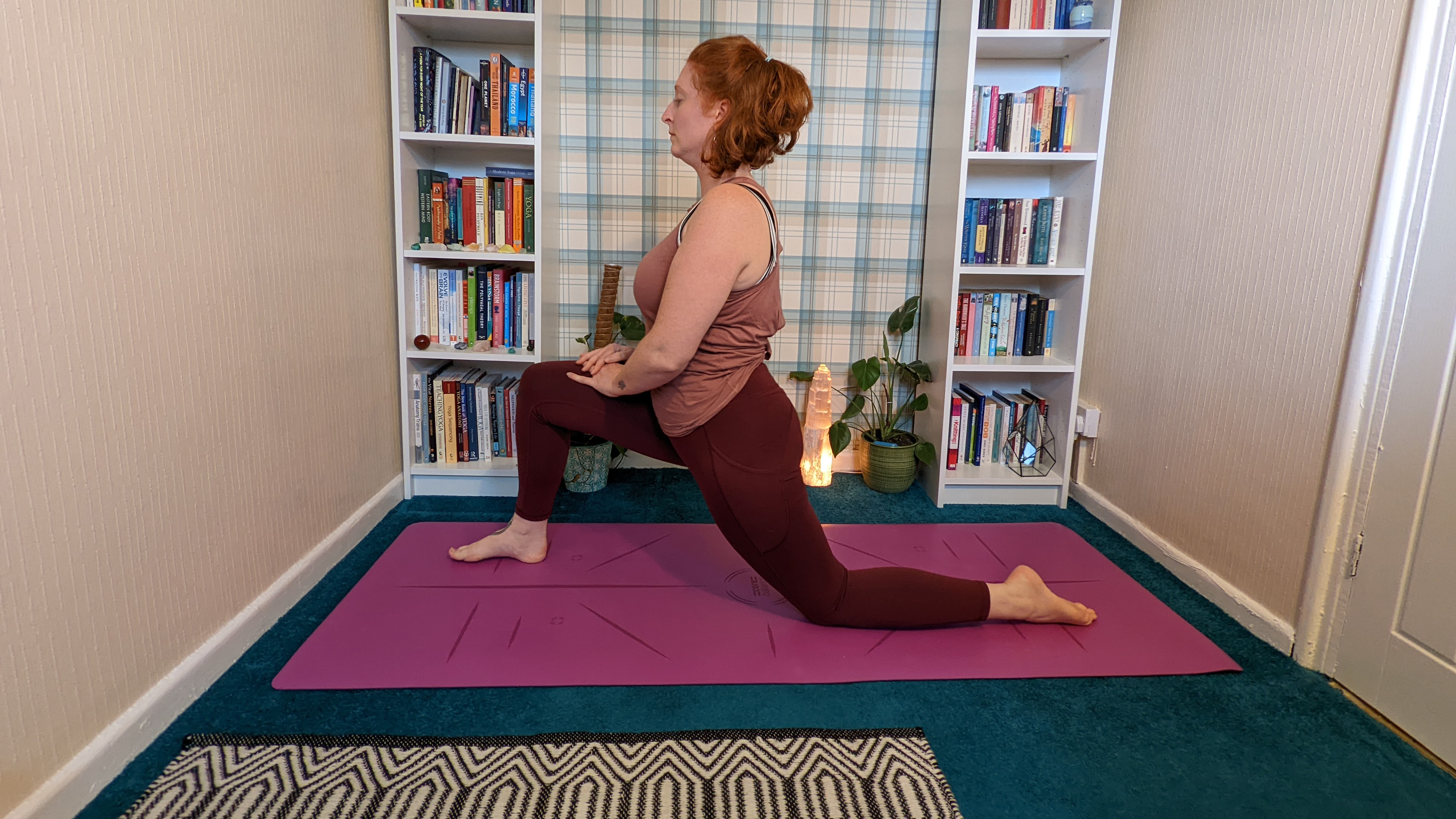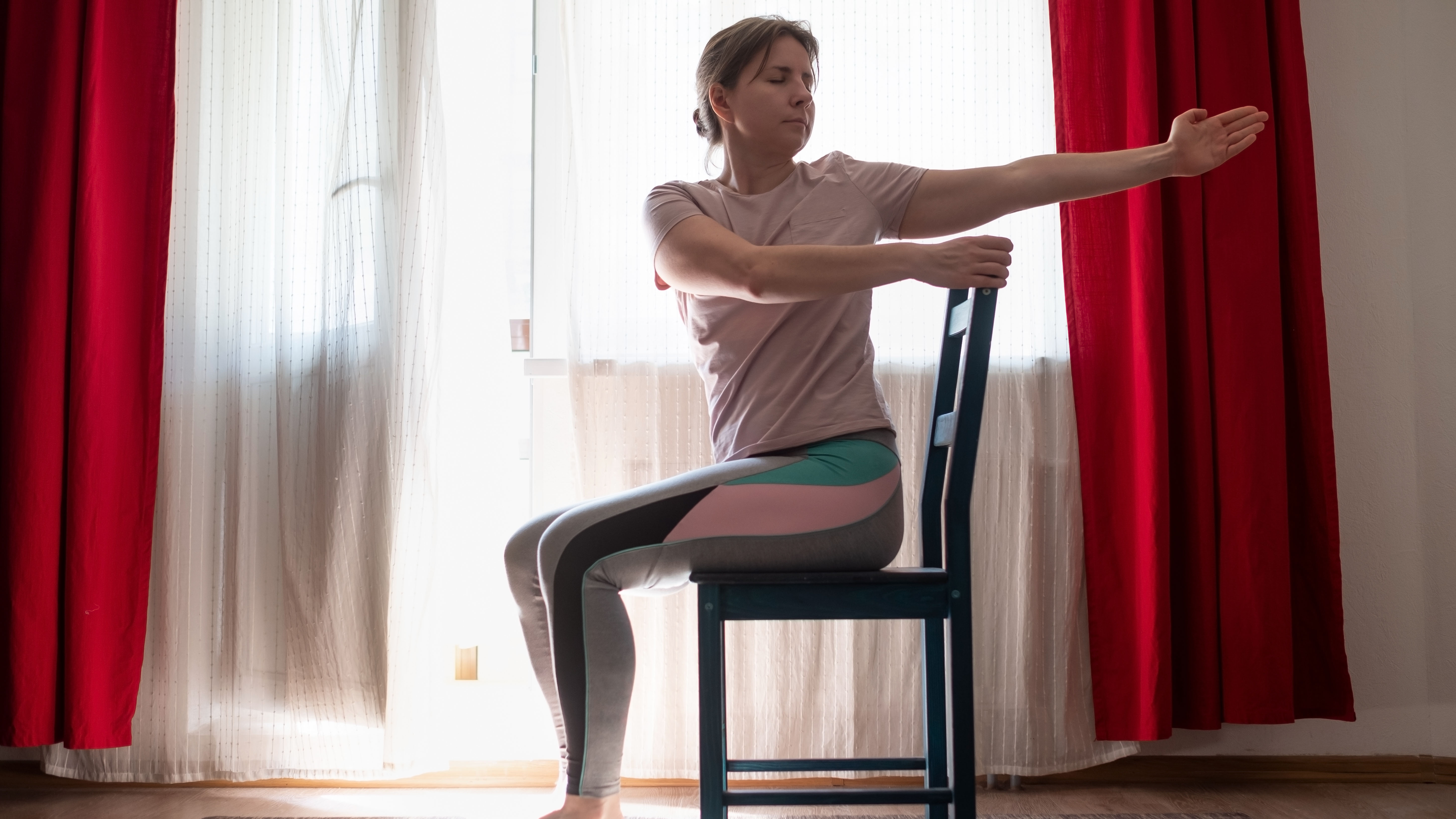Estrogen replacement therapy: what is it and what options are there?
Estrogen replacement therapy is the most common treatment for symptoms of the menopause. Here’s what you need to know

Estrogen replacement therapy (also known as hormone replacement therapy or HRT) is one of the most common medical treatments for menopause – but one that is not always fully understood. The menopause is something almost all women will go through at some point in their lives, so knowing what options are available to make the transition a little easier is really important.
According to the Centers for Disease Control and Prevention, almost half of all post-menopausal women in the US have used hormone replacement therapy, with 25% of women beginning their treatment five or more years after menoapuse. Estrogen replacement therapy is designed to replace hormones that are at a lower level as you approach the menopause, relieving many menopausal symptoms. There are various different forms of estrogen replacement therapy, and these will have different benefits depending on the symptoms you’re experiencing.
While there are some risks that come with estrogen replacement therapy, it is widely considered to be a very safe way to manage menopausal symptoms. Looking for a more natural approach? Check out our guide to the best menopause supplements, or 9 natural remedies for menopause.
If you are considering estrogen replacement therapy, however, there are some things you should know about beforehand. We spoke to Dr Sarah Welsh, gynaecologist and founder of sexual wellness brand HANX, to find out everything you need to know.
What is estrogen replacement therapy?
Estrogen is a hormone that the body usually creates itself, helping to develop and maintain the reproductive system, as well as typically-female characteristics like breasts and pubic hair. This hormone is depleted during the menopause, which is why estrogen replacement therapy is often used as a treatment option.
“This is therapy which replaces the depleted estrogen hormone during menopause and is used to treat menopausal symptoms,” says Welsh.
What are the different types of estrogen replacement therapy?
You can take estrogen in various formats and it’s best to talk to your doctor about which one is best for you. Here’s a few things you should know about the different types of estrogen replacement therapy.
Get the Fit&Well Newsletter
Start your week with achievable workout ideas, health tips and wellbeing advice in your inbox.
Pills
“Tablets are commonly given for HRT and often they are a simple way to take it,” Welsh says. “Most estrogen replacement therapy pills are taken once a day without food.”
There are some risks that come with estrogen replacement therapy pills, so they might not be appropriate for you if you have a family history of certain illnesses. According to Welsh, they can also increase your risk of blood clots.

Skin patches
You can take estrogen replacement therapy in the form of skin patches, usually placing them on your lower stomach and replacing them once or twice a week.
“Skin patches are good for some people, as they bypass the digestive tract and can avoid some of the side effects some women experience with tablets,” Welsh says.
Topical gels and creams
Estrogen replacement therapy creams and gels can be rubbed directly onto your skin, so the treatment is absorbed through the skin into the bloodstream. Like skin patches, gels and creams will not increase your risk of blood clots and other issues like the pill form of estrogen replacement therapy, according to Welsh. However, one issue with topical treatments is that they can be rubbed off before being fully absorbed into the skin, limiting their effectiveness.

Vaginal suppositories, rings and creams
One of the most common symptoms of menopause is vaginal dryness, and localized replacements like vaginal pessaries are a great option for dealing with this. Suppositories, rings and creams can be applied directly to the vaginal area. Tablets and creams generally require daily use whereas rings can be replaced every few months.
“Cream, pessaries and rings won’t help with more systemic issues like hot flushes,” Welsh says. “However, the risks of vaginal HRT are low, and there is no increased risk of breast cancer with these options.”
You can also take a form of hormone replacement therapy that combines both estrogen and progesterone. “Continuous combined hormone replacement therapy is usually recommended for people who are postmenopausal, and it involves taking oestrogen and progestogen replacement every day without a break,” says Welsh. “It’s recommended if you still have your womb, as taking estrogen with progesterone lowers your risk of cancer on the lining of the womb, compared with taking estrogen on its own.”
Estrogen replacement therapy: are there any risks?
Almost every form of medication comes with potential risks and estrogen replacement therapy is no different. “There have been many research studies into menopause and HRT and it’s often shown that the benefits of taking HRT can be greater than the risks for lots of women,” Welsh says. “However, there are risks of HRT and depending on your medical and family history, you may be at a higher risk than others.”
Some of the risks include endometrial cancer (if you take estrogen without progesterone and you still have your womb), breast cancer, blood clots, and strokes, according to Welsh. “It’s important to talk with your doctor about your individual risk, the benefits versus the risks, and which form of HRT would be best suited to you,” she says.
Research from 2019 by the Women’s Health Initiative actually found that estrogen-only replacement therapy can lower the risk of breast cancer, while combination hormone therapy increases the risk.
What are the alternatives for estrogen replacement therapy?
The menopause is a very personal and varied experience and many women find that alternative therapies work for them. According to Welsh, some of these include trying out yoga for menopause, upping your physical activity, breathing exercises, meditation, and weight control.
“Some people take supplements such as flaxseed, vitamins, ginseng, maca and evening primrose oil – however, it’s important to know that these have varied medical backing,” she adds.
Alice Porter is a freelance journalist covering lifestyle topics including health, fitness and wellness. She is particularly interested in women's health, strength training and fitness trends and writes for publications including Stylist Magazine, Refinery29, The Independent and Glamour Magazine. Like many other people, Alice's personal interest in combining HIIT training with strength work quickly turned into a CrossFit obsession and she trains at a box in south London. When she's not throwing weights around or attempting handstand push-ups, you can probably find her on long walks in nature, buried in a book or hopping on a flight to just about anywhere it will take her.
-
 Build blockbuster arms and abs with Chris Hemsworth's go-to dumbbell circuit
Build blockbuster arms and abs with Chris Hemsworth's go-to dumbbell circuitAll you need are adjustable dumbbells and 20 minutes
By Sam Rider Published
-
 Forget crunches—if I wanted to improve core strength I'd do this neck-friendly Pilates workout
Forget crunches—if I wanted to improve core strength I'd do this neck-friendly Pilates workoutAnd it takes just five minutes
By Maddy Biddulph Published
-
 Should you eat before bed?
Should you eat before bed?feature Late night cravings are often inevitable but should you eat before bed or will it affect your health?
By Alice Porter Published
-
 How to improve your memory: six easy techniques
How to improve your memory: six easy techniquesOur experts offer six simple tips to help you improve your memory – because no matter your age, brain health is important
By Stacey Carter Published
-
 Yoga for shoulder mobility and strength
Yoga for shoulder mobility and strengthhow to Yoga for shoulder mobility: remove tension and aid movement with these yoga postures
By Kat Bayly Published
-
 Hip mobility yoga flow: improve your flexibility with these moves
Hip mobility yoga flow: improve your flexibility with these moveshow to Hip mobility yoga: free up tight hips with these exercises
By Kat Bayly Published
-
 Six ways to get rid of period bloating
Six ways to get rid of period bloatingStruggling with period bloating? Try these tips and tricks to beat the bloat
By Maddy Biddulph Published
-
 How to do yoga with bad knees
How to do yoga with bad kneesEase joint pain by learning how to practise yoga with bad knees
By Sam Hopes Published
-
 Yoga for knee strength: six moves to try
Yoga for knee strength: six moves to tryYoga for knee strength: what to try at home to improve joint mobility and stay supple.
By Maddy Biddulph Last updated
-
 How to do a seated yoga flow
How to do a seated yoga flowGrab a chair and try this seated yoga flow, to improve your mobility and flexibility
By Maddy Biddulph Published